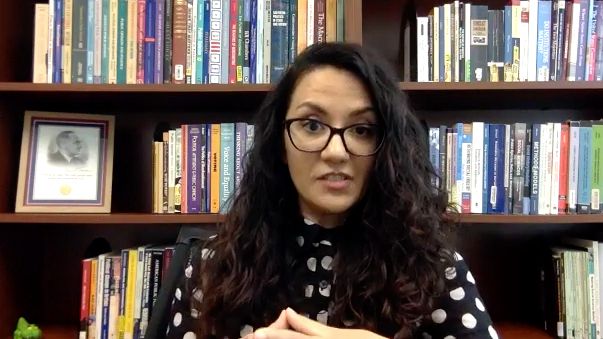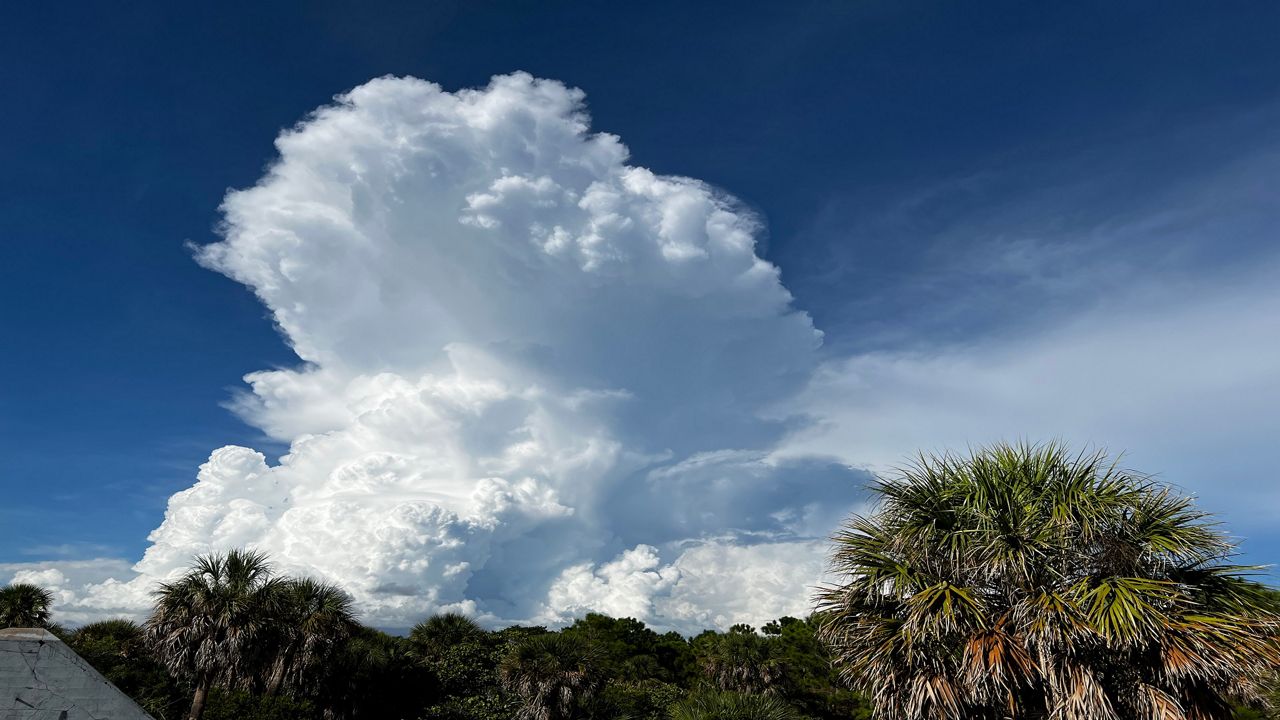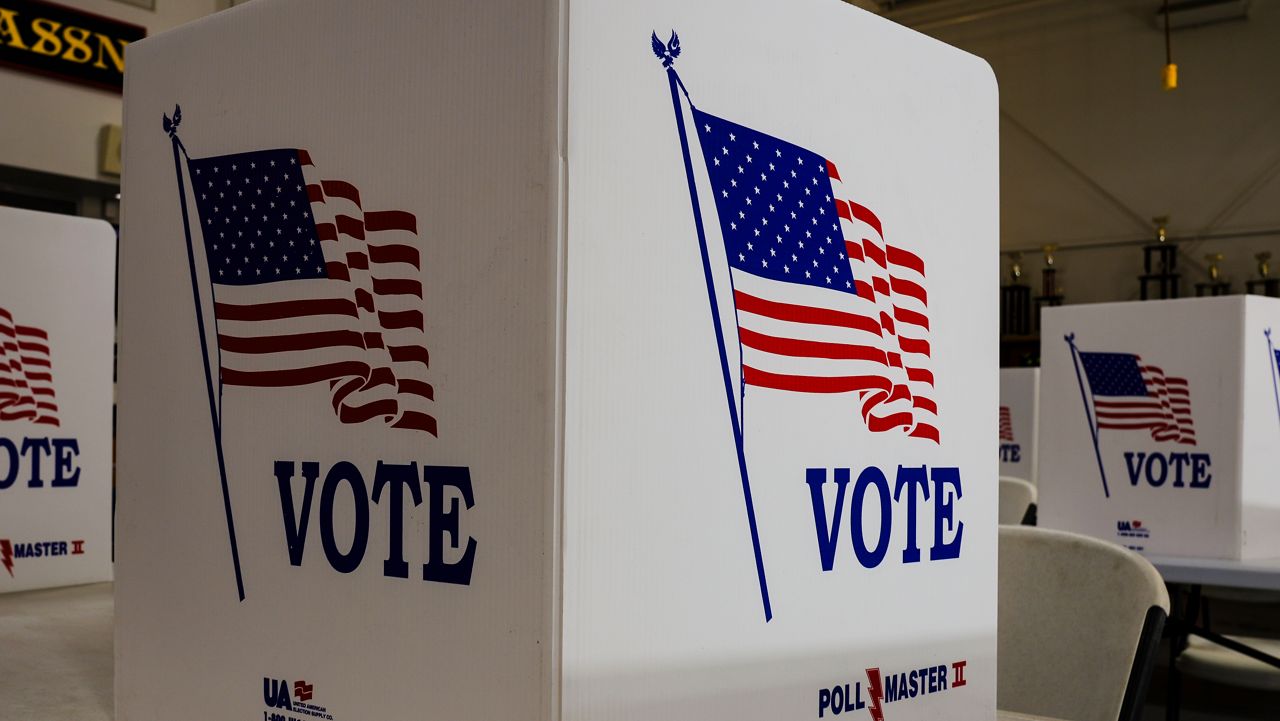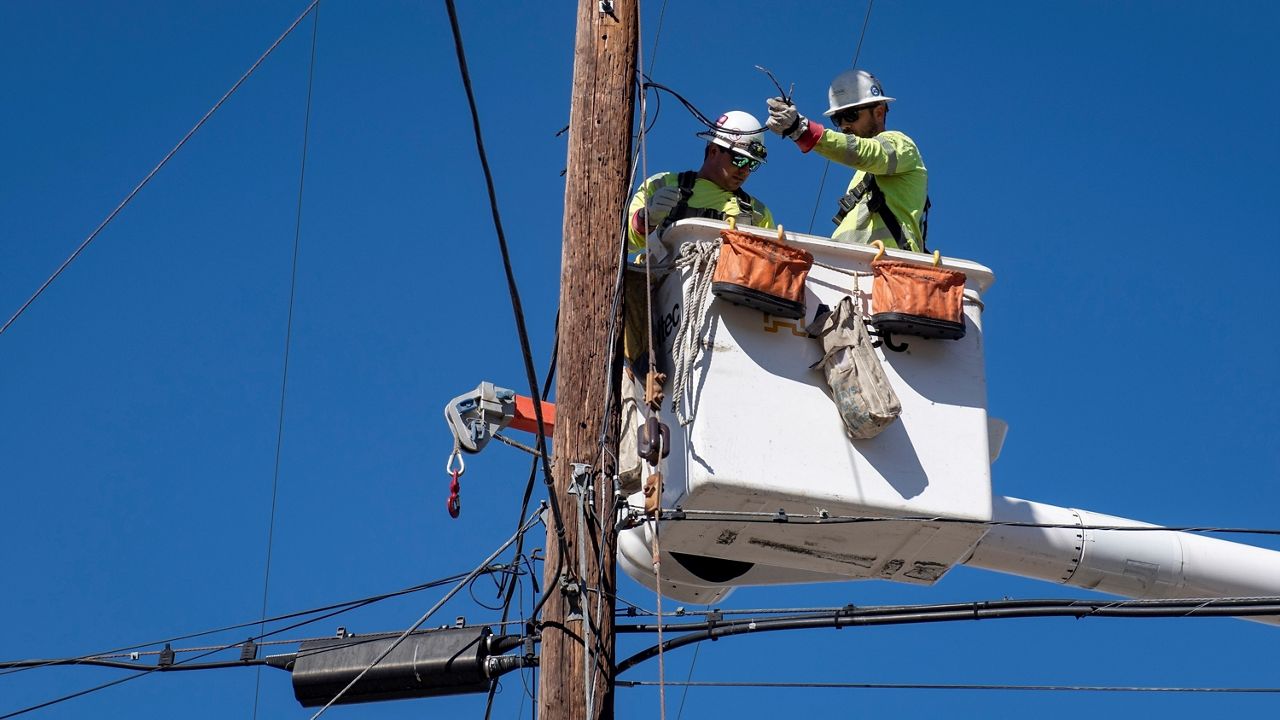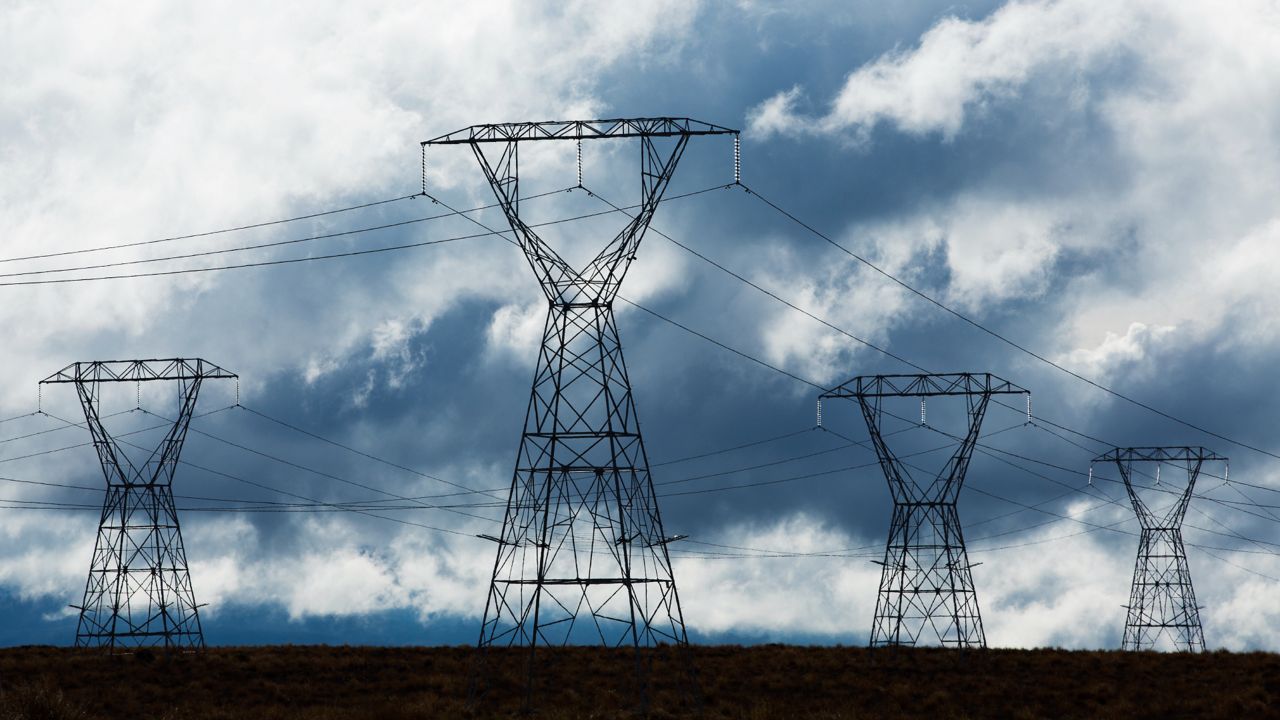There was a huge spike in the number of voters who cast a ballot by mail in the nine presidential primary elections that took place last week, confirming that this November’s general election will likely be the largest vote-by-mail effort in the country’s history.
What You Need To Know
- Study looked at Georgia's 2018 election
- 2019 Florida bill was to ensure a smoother process for vote-by-mail ballots
- More Politics headlines
The concerns about going to the polls because of fear of the novel coronavirus has led to the huge upswing in voting by mail this spring. President Trump has cast doubts on the reliability of vote-by-mail, alleging it will lead to widespread fraud. Analysts say that there is little evidence that either party benefits politically from this voting method.
Now a study of Georgia’s 2018 election suggests that the odds are greater that people of color and younger voters are more likely to have their mail-in-ballots rejected at the ballot box than any other cohort.
Enrijeta Shino, an assistant professor of political science at the University of North Florida, says that’s it’s not completely clear about why that’s the case.
“We have reasons to believe on one hand, young and first-time registrants might not be as familiar with the laws and regulations of voting by mail,” Shino said last week in a Zoom interview. “Perhaps they don’t know that you have to mail the ballot and it should be received by election officials by Election Day.”
Vote-by-Mail ballots in Florida must be received by the Supervisor of Elections office by 7 p.m. on Election Day. (A lawsuit filed by a host of liberal leaning organizations is calling on the state to extend the deadline to accept such ballots for up to a full week after Election Day).
Shino co-wrote the paper with Mara Suttman-Lea, an assistant professor of politics at Connecticut College, and University of Florida political science professor Dan Smith. They linked up Georgia’s statewide voter file which lists information on each voter such as race, age, gender and registration status. They then compared that to the administrative data on vote-by-mail ballots cast, and whether it was actually counted.
Smith co-authored a report with the ACLU of Florida in 2018 that examined rejected mail-in-ballots cast during the 2012 and 2016 general elections in Florida.
That report found that in 2016, Florida voters under age 30 made up just 9.2 percent of all vote-by-mail voters, but they accounted for nearly 31 percent of rejected mail-in ballots. And among black, Hispanic and other minority voters, vote-by-mail ballots were more than two-and-half times as likely to be rejected as mail-in ballots cast by white voters.
National statistics also show that there is a greater chance of having a ballot rejected that is sent through the mail as opposed to casting it in person.
According to the U.S. Election Commission, there were roughly 33.2 million mail ballots cast in the 2016 general election, and approximately 1 percent were rejected. The reasons listed for rejection include a missing signature, a signature not matching with the signature on file with the supervisors of elections, and a problem with a return envelope or sending in the ballot.
An elections bill passed in 2019 by the Florida Legislature made a number of changes to ensure a smoother process for vote-by-mail ballots. That included prohibiting election supervisors from sending out a vote-by-mail ballot starting eight days before an election (it had been four), and allowing a voter to update the signature used for the purpose of verifying a vote-by-mail ballot on the day the ballot is received.
“Do not hesitate to vote by mail in the upcoming election if that is the voting method you deem to be the safest for your health in this particular election,” Professor Shino advises.
She says every voter has to be responsible for making sure that they provide all of the correct information on their vote-by-mail ballot.
Of the nine locations that hosted primaries on June 2, the percentage of voters who cast their ballots by mail compared to the presidential primaries in those states (and the District of Columbia) in 2016 was dramatic: It was 93 percent higher in Maryland (which sent an absentee ballot out to every voter); 80 percent higher in Rhode Island, and 86 percent higher in Idaho (which did not open any polling places). That’s according to the website fivethirtyeight.com.





